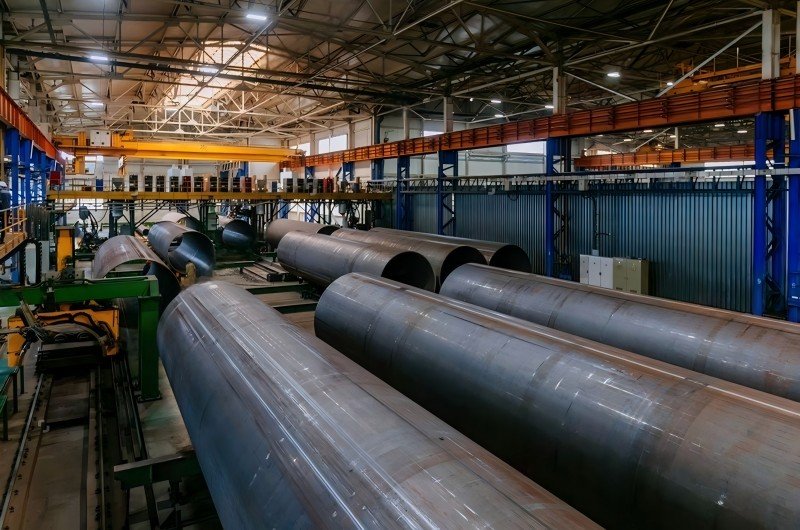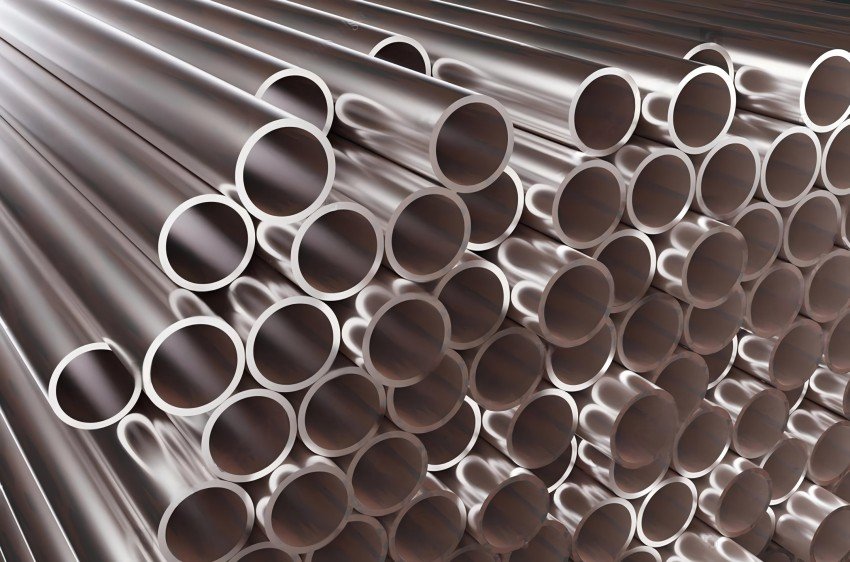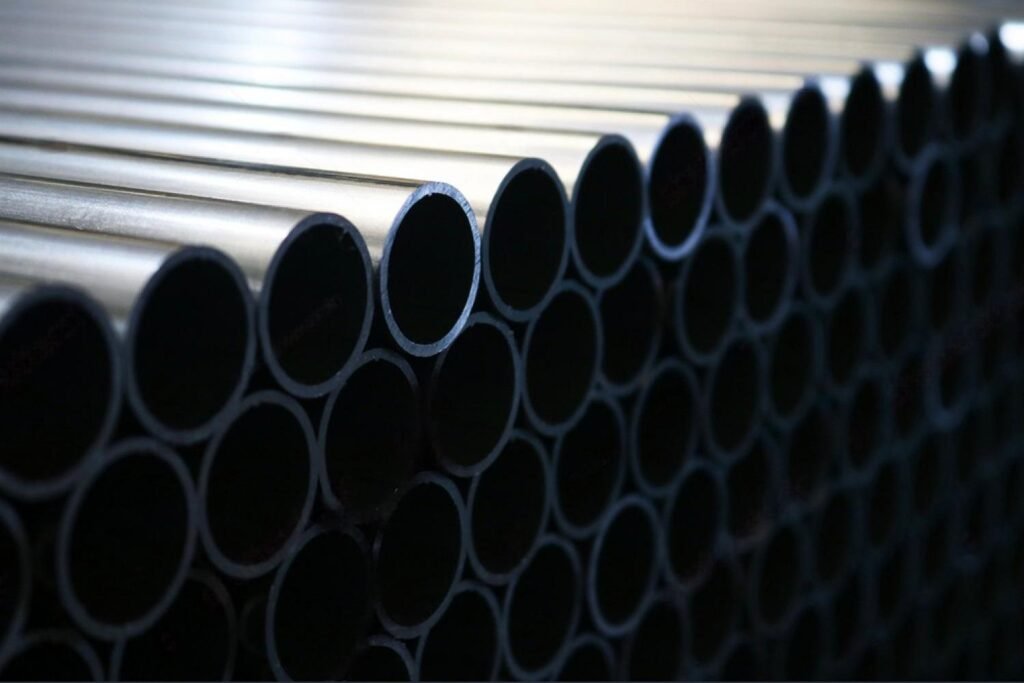When it comes to choosing the right material for pipelines, carbon steel and stainless steel are two popular options. Each material has its own advantages and disadvantages, and understanding these differences is crucial in making an informed decision. In this blog post, we will explore the advantages and disadvantages of carbon steel and stainless steel pipes.
Advantages of Carbon Steel Pipe

1. Cost-Effective
One of the major advantages of carbon steel pipe is its cost-effectiveness. Carbon steel is relatively inexpensive compared to stainless steel, making it a preferred choice for many applications where budget is a significant factor.
2. Strength and Durability
Carbon steel pipe is known for its exceptional strength and durability. It can withstand high pressure, extreme temperatures, and harsh conditions without compromising its structural integrity. This makes it suitable for various industries, including oil and gas, construction, and manufacturing.
3. Corrosion Resistance
While carbon steel is not as corrosion-resistant as stainless steel, it still offers decent resistance to corrosion. With proper coatings or linings, carbon steel pipes can be protected from corrosion caused by exposure to moisture, chemicals, and other corrosive substances.
4. Versatility
Carbon steel pipes are highly versatile and can be used in a wide range of applications. They can be easily customized, fabricated, and welded to meet specific project requirements. The flexibility and adaptability of carbon steel pipes make them suitable for various industries and environments.
Disadvantages of Carbon Steel Pipe
1. Susceptible to Corrosion
One of the main disadvantages of carbon steel pipes is their susceptibility to corrosion. Without proper protective measures, carbon steel pipes can rust over time when exposed to moisture, chemicals, or corrosive substances. Regular maintenance and the application of protective coatings are essential to prevent corrosion.
2. Limited Heat Resistance
Compared to stainless steel, carbon steel has limited heat resistance. It may deform or weaken when exposed to high temperatures for prolonged periods. This makes carbon steel pipes less suitable for applications that involve extreme heat or thermal cycling.
Advantages of Stainless Steel Pipe
1. Corrosion Resistance
Stainless steel pipes are highly corrosion-resistant, making them ideal for environments where corrosion is a concern. The presence of chromium in stainless steel forms a protective layer that prevents rust and corrosion, even in harsh conditions. This corrosion resistance makes stainless steel pipes suitable for industries such as chemical processing, food processing, and marine applications.
2. High Heat Resistance
Stainless steel pipes have excellent heat resistance, allowing them to withstand high temperatures without deformation or weakening. This makes stainless steel pipes suitable for applications that involve extreme heat and thermal cycling, such as heat exchangers and industrial furnaces.
3. Aesthetic Appeal
Stainless steel is known for its aesthetic appeal. It has a sleek and modern look that enhances the visual appeal of architectural and interior design projects. Stainless steel pipes are often used in decorative applications where aesthetics play a significant role.
Disadvantages of Stainless Steel Pipe

1. Higher Cost
One of the main disadvantages of stainless steel pipes is their higher cost compared to carbon steel pipes. Stainless steel is a more expensive material, which can significantly impact project budgets, especially for large-scale applications.
2. Lower Strength
Although stainless steel pipes offer good strength, they are generally not as strong as carbon steel pipes. This lower strength can limit their use in applications that require high mechanical strength and pressure resistance.
3. Difficult to Fabricate and Weld
Stainless steel pipes can be more challenging to fabricate and weld compared to carbon steel pipes. Specialized equipment and techniques are often required, increasing the complexity and cost of installation and fabrication.
In conclusion, both carbon steel and stainless steel pipes have their own advantages and disadvantages. Carbon steel pipes offer cost-effectiveness, strength, and versatility, while stainless steel pipes provide excellent corrosion resistance, high heat resistance, and aesthetic appeal. When choosing between the two, it is essential to consider factors such as budget, environmental conditions, application requirements, and project specifications to make the right decision.
#JSFITTINGS #RAYOUNG #STEELPIPE #FLANGE #STEELPIPE #MADEINCHINA #MANUFFACTURER #FACTORY #PIPEELBOW #PIPE REDUCER #INDUSTRYFLANGE
Email: admin@jsfittings.com
Whats App: 008618003119682



